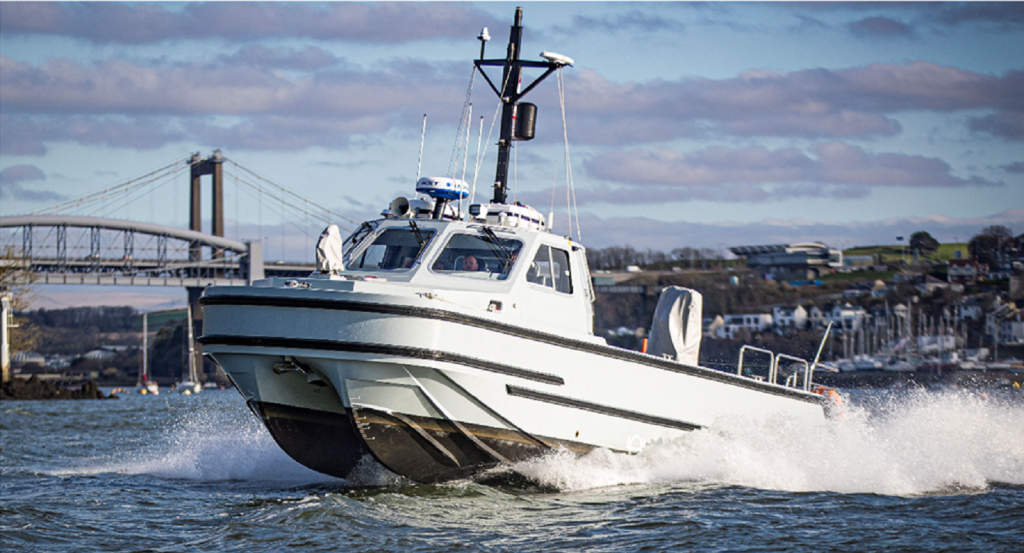
QinetiQ, in collaboration with the UK Royal Navy, has developed and deployed new air systems that allow female submariners to serve on navy submarines.
Developed by the company’s atmosphere control services team, the new system is aimed at analysing and managing carbon dioxide in a submarine’s environment, and to assure its levels do not reach a concentration that could harm a foetus when inhaled by pregnant women.
UK MoD Submarine Platform Group Sub Sys Special Projects engineer lieutenant commander Gareth Nicklin said: "This project is all about ensuring that we have reduced the potential risk to the foetus of a pregnant crew member to as low as reasonably practicable.
"QinetiQ delivered a first class response to our requirements.
"QinetiQ’s highly skilled and experienced team has a wide range of atmosphere control capabilities, which they were able to apply to this important project."
By eliminating excess carbon dioxide levels, the company’s ventilation and air purification simulation software, BREATH, achieved the target concentration.
Furthermore, the system was successfully trialled on a submarine, paving the way for the deployment of the specialist carbon dioxide scrubber units on mixed manning Royal Navy submarines.
QinetiQ Maritime Life Support head Karen Jurd said: "QinetiQ is one of the few commercial organisations able to offer such a broad range of services, delivering independent advice and guidance on atmosphere control equipment free of any supplier influence.
"Our services are supported by an extensive range of state-of-the-art equipment, facilities and software, providing strategic support from design through to operational performance.
"The work we have done with the Royal Navy on the mixed manning project is an excellent example of our capabilities."
Image: The UK Royal Navy’s HMS Vigilant submarine. Photo: courtesy of QinetiQ.








